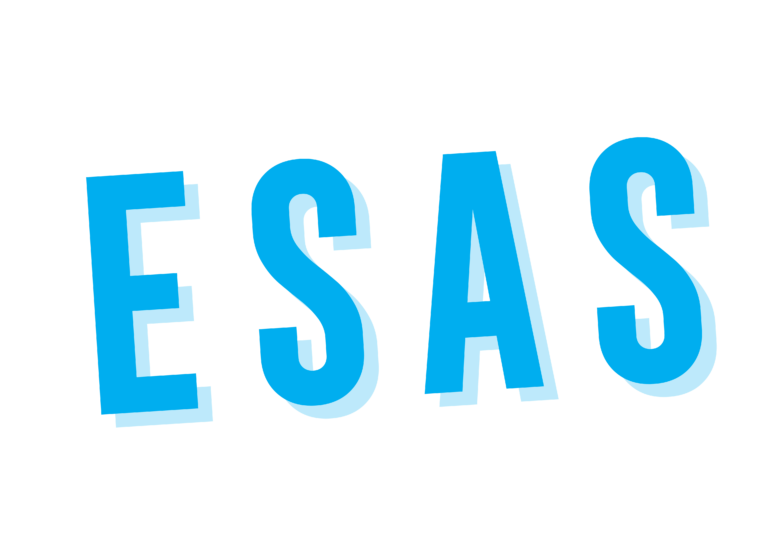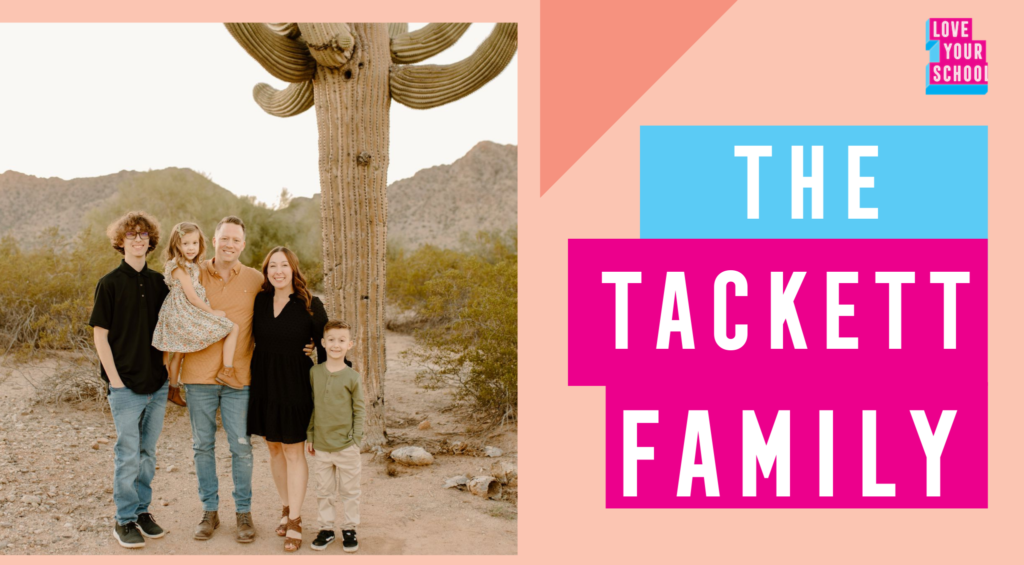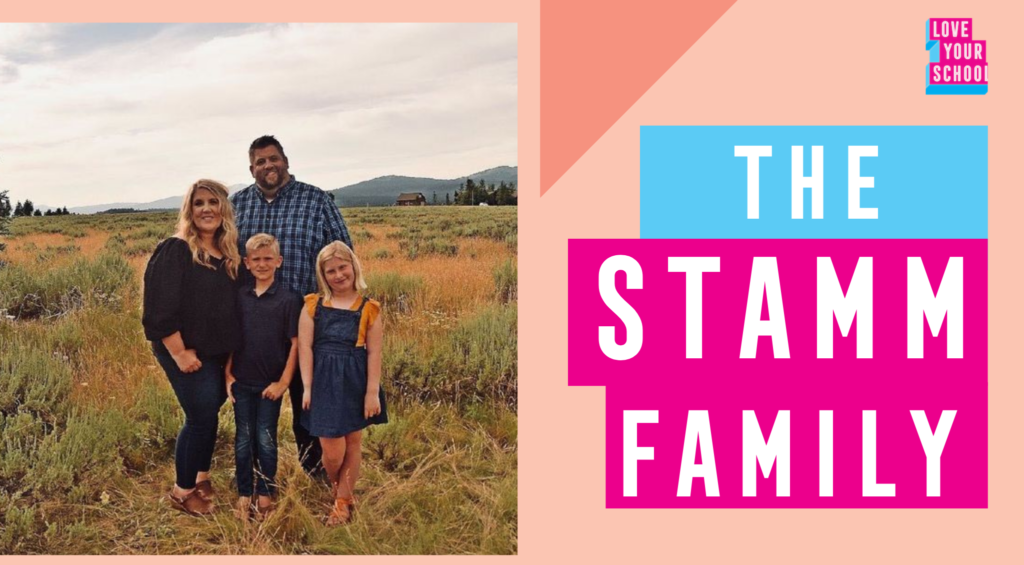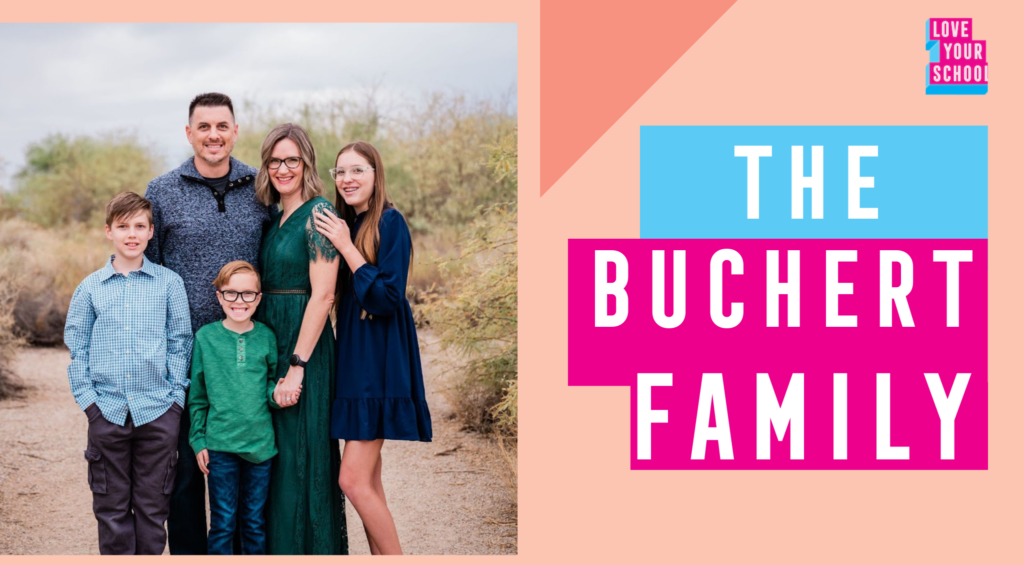What is an ESA?
Empowerment Scholarship Accounts (ESAs) were expanded in 2022 with House Bill 2853! This scholarship gives families 90% of the state budget’s funds per student directly to families. Any student in grades K-12 can opt out of the public school system and receive an ESA. Parents can apply for an ESA year round. ESAs can be used to pay for private school tuition, home education, tutors, curriculum, therapies, and more.
Getting Started
Getting started on an ESA is as easy as 1-2-3!
- Do you live in Arizona and have a K-12 child (or a child about to start Kindergarten)? Yay! You are eligible!
- Fill out the ESA application form here!
NOTE: If you pre-applied for an ESA, the Arizona Department of Education still has 30 days to process your application. If you have questions about your application, see azed.gov/esa for the latest information. Need more support? We’ve got your back! Start here!
- Join our ESA Facebook group so you can connect with other new ESA families!
FAQs
When can I apply for an ESA?
ESA applications can be completed online at any time! The scholarship, however, is awarded in four, quarterly disbursements:
Q1: July 1 – September 30
Q2: October 1 – December 31
Q3: January 1 – March 31
Q4: April 1 – June 30
Applications can take up to 30 days to process (from when a completed application is submitted) and the final determination is sent via email. During this process, the AZ Department of Education is unable to provide any updates about an application’s status. The best course of action while waiting is to regularly check your email while waiting for your application to be processed.
Families will receive ESA funds based on the quarter the contract is signed. For instance, if a parent signs a contract at any point during Q1 (July 1 – September 30), they’ll receive Q1 funding.
How much will my ESA be?
Visit azed.gov to find the Approximate ESA Funding Amounts but a child with no disabilities usually receives around $7,000 per year. This can go, for example, up to $34,000 per year for a child with an autism diagnosis. To see the annual amount you will get with a disability, click here.
How can I use my ESA funds?
ESAs can be used to pay for private school tuition, home education, tutors, curriculum, therapies, and more! Find a full list of eligible expenses from the Arizona Department of Education here.
How will I access my ESA funds?
The funds are deposited in an ESA account where you can pay approved vendors directly. You can also submit eligible expenses for reimbursement. It takes about 3 weeks to set up and fund a new ESA account. The AZ Department of Education and the state Treasurer’s office processes new ESA accounts.
How do I qualify for special education ESA dollars?
By receiving a special education evaluation privately (private pay) or through your school district (for free, even if you are homeschooled, at a private school, or on an ESA)! We can support you in that process – start here!
How do I switch from an STO to an ESA?
Let your school know that you are no longer going to receive STO funds. They will ensure any funds that come to the school for your child are returned to the issuing STO. You will also want to notify your STO. Then, apply for an ESA and begin paying your tuition bills with your ESA.
What if I have more questions about ESAs? Is there a community of other ESA parents I can join?
Yes there is! You can join thousands of other families in our Facebook community here, ask questions, and make friends!
ESA Facts
ESAs are very popular with families across the state:
- The ESA program grew from 12,000 students in October 2022 to over 70,000 in November 2023. And It continues to grow. Find the latest number here.
- During the year after universal expansion, the number of students with special needs in the ESA program grew significantly from 7,291 to 11,180, a 53% growth.
- The highest per capita rate of ESA students are all located outside of urban areas and many near tribal lands.
The ESA program is achieving its intended educational purpose:
- The ESA program provides families the opportunity for their children to access the education setting or resources that best meets their unique needs, whether at a private school or through a customized education.
- An ABC report on data from the Arizona Department of Education (ADE) found that two-thirds of ESA funds are being used for private school tuition, with almost half being spent at specialty schools for special needs students.
- The same report found that 96% of ESA funds are being used for strictly academic purposes and approximately 4% of ESA funds are being used for “non-academic extras,” like physical education and sports, music and art, and gardening. That’s a well-rounded education!
- For context, Public schools also spend on “non-academic extras” – like hula hoops, color-coded piano keyboards, comfortable seating for reading, folklórico shoes for special dance lessons, K’Nex kits, VR headsets, gardening supplies. Again, this is appropriate for a well-rounded education.
The ESA program includes multiple layers of accountability:
- ESA families are required to make purchases through an approved online marketplace or have to upload receipts for every single purchase. No public school or district is financially scrutinized on a per-receipt basis.
- ESA families must repay any funds used on non-approved expenses or risk being removed from the program or directed to the Attorney General’s office for investigation.
- The ESA program creates additional accountability for public schools because it empowers families who are dissatisfied to access alternative schooling options.
- The most fundamental accountability for the ESA program rests with families. If a private school, tutor, therapist, or other education service provider is not meeting a child’s educational needs, then a parent has the choice to take the scholarship funds somewhere else.
The ESA program saves taxpayers money:
- It costs taxpayers roughly $14,673 to educate a student in a public school for fiscal year 2024. However, it costs on average $6,000-$9,000 to educate a student on an ESA.
- According to the most recent Auditor General, the ESA rate of improper payments was ONLY a shockingly low 0.001%.
- There is no means test for students attending public school, and there shouldn’t be for ESAs either.
- Plenty of affluent students in public school are being educated at $14,673 per year with taxpayer funds.
- Students previously dependent on private scholarships to attend private school have freed up private scholarship funds for other students by switching to the ESA program.
The ESA program is within budget:
- Arizona’s K-12 budget for this year is $7.7 billion (43% of the state’s $17.88 billion budget).
- ADE reported in October that the K-12 budget is currently on pace to have a year-end surplus of roughly $77 million.
- Leading into this fiscal year, the JLBC estimated that there would be 68,380 ESA students and the budget was set accordingly.
- There are nearly 71,000 ESA students in November 2023; however, many of these additional students joined the ESA program after the end of Quarter 1 so their funding will be three-quarters of the scholarship. (Scholarship amounts are awarded quarterly).
- Even assuming the students over the estimated enrollment number will receive four quarters of funding (which we know they won’t) at the average scholarship of $9,523, the additional funds required is 0.31% of the state’s K-12 budget. This amounts to a rounding error.






